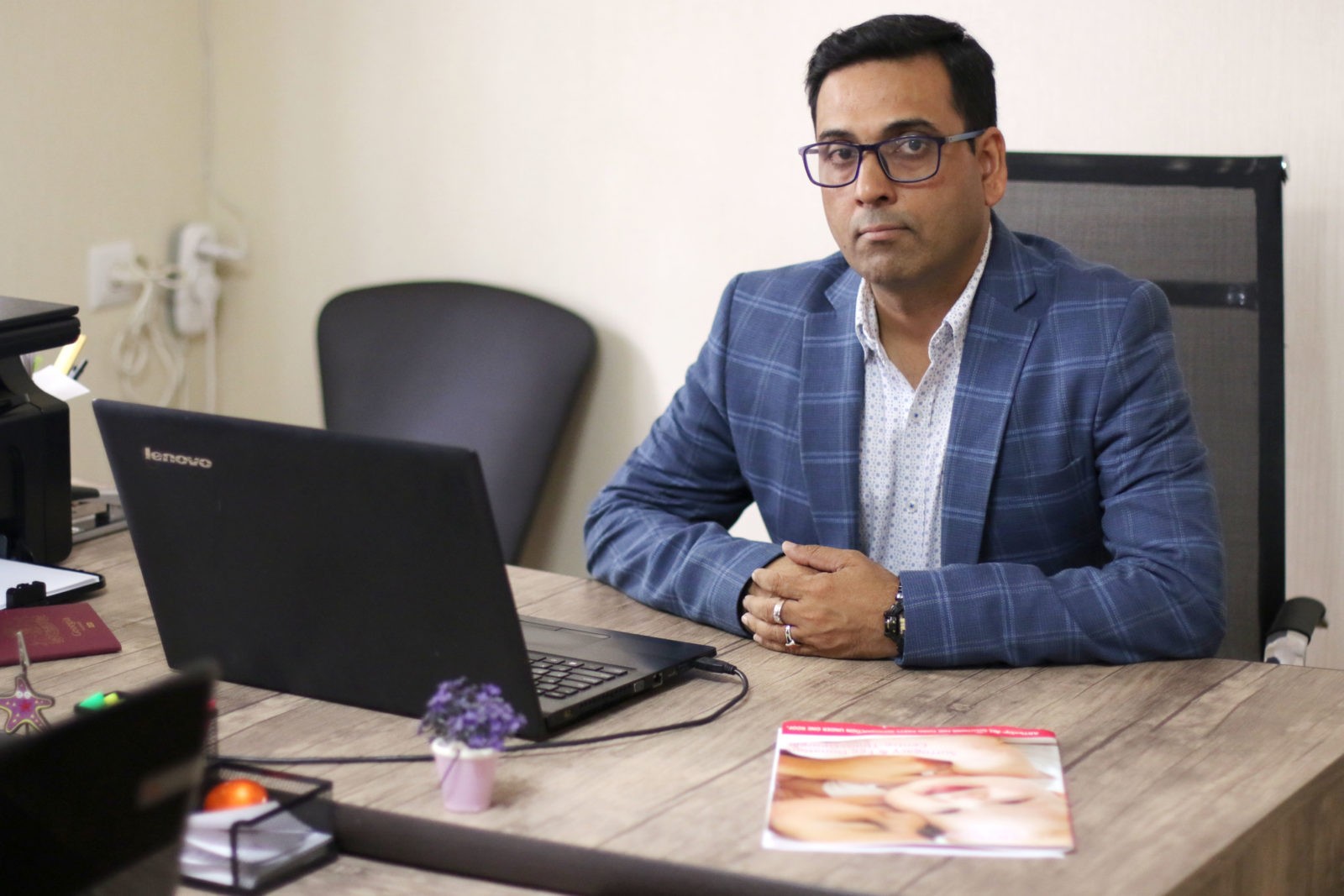Individual preference differs to start a family. However, it is important to obtain complete knowledge about the consequences of free choices. The appropriate information needs to provide women with the possible results of a choice to delay motherhood.
In the current decade, women have the impression that the ticking of female biological clock can be manipulated by the application of assisted reproductive technology, and for this reason, they used contraception methods for postponing their motherhood without any hesitation. Waiting for more convenient timing for conceiving becomes a reason of sub-fertility in many women. In this post-contraception era, postponement of childbirth is common which may due to unawareness of the outcome of the decision, which may cause subfertility, or negatively impact their health or born child in the future. The usual reasons for postponing motherhood include improvement in professional growth, financial safety, and the absence of a trustworthy or eligible partner.
Older aged maternity often increases the risk of miscarriage, premature delivery, low birth weight, Down’s syndrome, and other genetic disorder due to chromosomal abnormalities. Gestational complications followed with medical interventions including hypertension, gestational diabetes, placenta previa, cesarean delivery, along with the increasing rate of maternal mortality have a linked with maternal age. The National Health and Nutrition Examination Survey III conducted in the United States also reported the increasing risks of cardiovascular disease, hypertension, congestive heart failure, diabetes in women who were more frequently found to have delayed childbirth.
There is no reference has strictly mentioned the proper definition of advanced reproductive age in women. However, epidemiological research data have frequently demonstrated that female fertility starts declining after 35 years of age and sub-fertility issues become prominent after this age. The IVF success rate also depends upon maternal age.
The IVF process helps to overcome only half of the age-related fertility declining issue, which occurs in the age between 30 to 35 years; whereas only one-third of women with the age between 35 to 40 years get benefited by opting IVF. In the IVF process, the live-birth rate varies between 25%-30% considering one of the primary factors of maternal age. However, this rate becomes low i.e. almost 10% after 40 years of age of the expected mother.
The IVF process becomes complicated and more expensive after 40 years of maternal age as additional treatments like egg donation service may also require to support the fertility treatment.
Unfortunately, research data reported that most of the women in the current generation are well aware of the complications associated with delayed conception and childbirth. But their point of view in this aspect is very optimistic about IVF success. They believe currently available advanced technology applied in ART can overcome all age-related female fertility issues even after their 40 years of age. The growing popularity of egg donation, IVF and surrogacy encourage women to trust on the manipulation of the female fertility depending upon their will and wish. But it is always suggested overestimation is not been a wise decision without doing complete research.

Ravi Sharma is a self-motivated, successful entrepreneur and has a solid experience in the fertility segment. and he is the director at ARTbaby Global (ARThealthcare). He is a pharmacy graduate with post-graduation in business administration and has 14 years of rich experience in the field of infertility segment. He loves to write about IVF, Surrogacy, and other ART (assisted reproductive technology) news, issues, and updates. He is a Pharmacy graduate (B. Pharm) and M.B.A (marketing).
His most recent success includes the successful launch of the medical tourism company, ARTbaby, which offers treatment options for infertility, egg donation, and surrogacy. He likes spending time with his family and writing about various aspects of IVF surrogacy and donating eggs.

